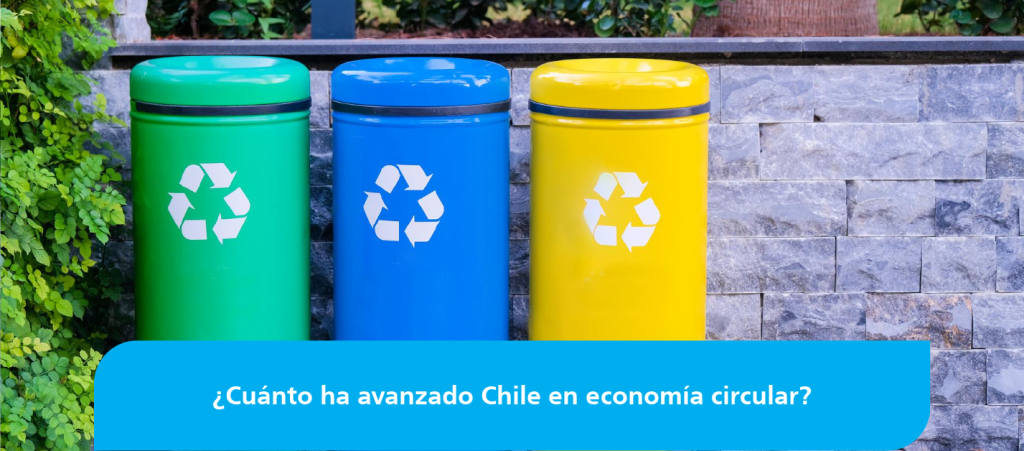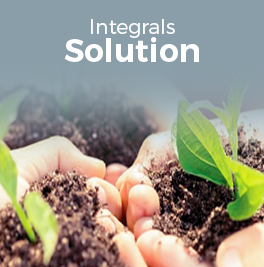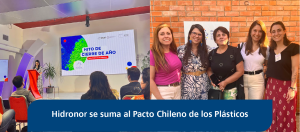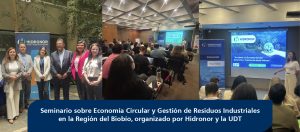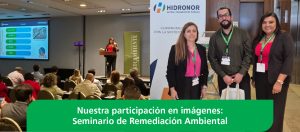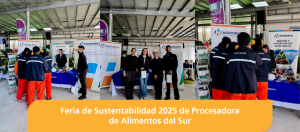
Our country has an ambitious plan that seeks to transform our economic model towards a more sustainable and circular approach.
In 2021, 19.6 million tons of waste were generated, of which 96.7% is non-hazardous waste and 3.3% is hazardous waste, according to the Eighth State of the Environment Report (REMA 2023).
Ante este desafío, esta cartera ha presentado la «Hoja de Ruta para un Chile Circular al 2040», un plan ambicioso que busca transformar el modelo económico del país hacia un enfoque más sostenible y circular.
The plan establishes clear goals to reduce waste generation, increase reuse and recycling, and promote efficiency in the use of resources. Some key objectives include:
– Reduce waste generation by 30% by 2030
– Increase the recycling rate to 65% by 2030
– Implement a deposit and return system for containers and packaging
– Promote the collaborative economy and shared consumption
The roadmap also identifies key sectors for the transition to a circular economy, such as construction, agriculture and manufacturing.
With this plan, Chile joins the growing list of countries seeking to adopt a more sustainable and circular approach to their economic development. This initiative is also joined by the Extended Producer Responsibility Law (REP), which establishes the extended responsibility of the producer, forcing them to take charge of their products throughout their life cycle, including waste management once the products are are consumed or end their useful life.
To comply with this regulation, producers of Priority Products (PP), such as lubricating oils, electronic devices, batteries, containers and packaging, and tires, must register in the established registry, organize and finance waste collection, in addition to complying with goals and associated obligations, annually declaring the amount of PP placed on the market, which will allow monitoring compliance with the goals and associated obligations.
What are the Priority Products?
– Lubricating oils: 150,000 tons were generated in 2021
– Electronic devices: 200,000 tons were generated in 2021
– Batteries: 100,000 tons were generated in 2021
– Containers and packaging: 500,000 tons were generated in 2021
– Tires: 300,000 tons were generated in 2021
At Hidronor we are aligned with the six Priority Products established by the REP Law and with the management of revaluation, treatment and final disposal of waste through our services and solutions!

